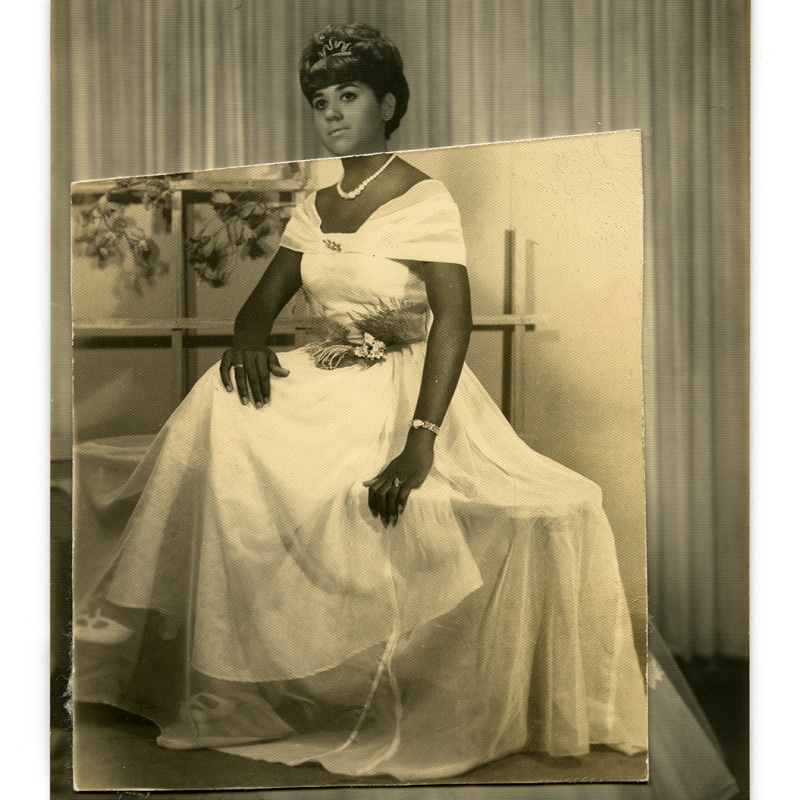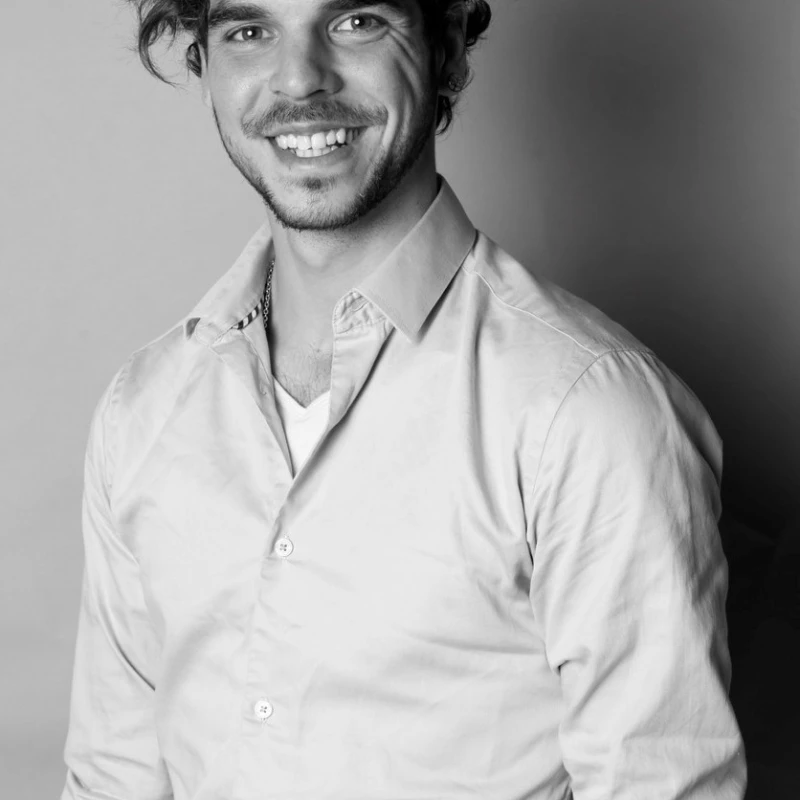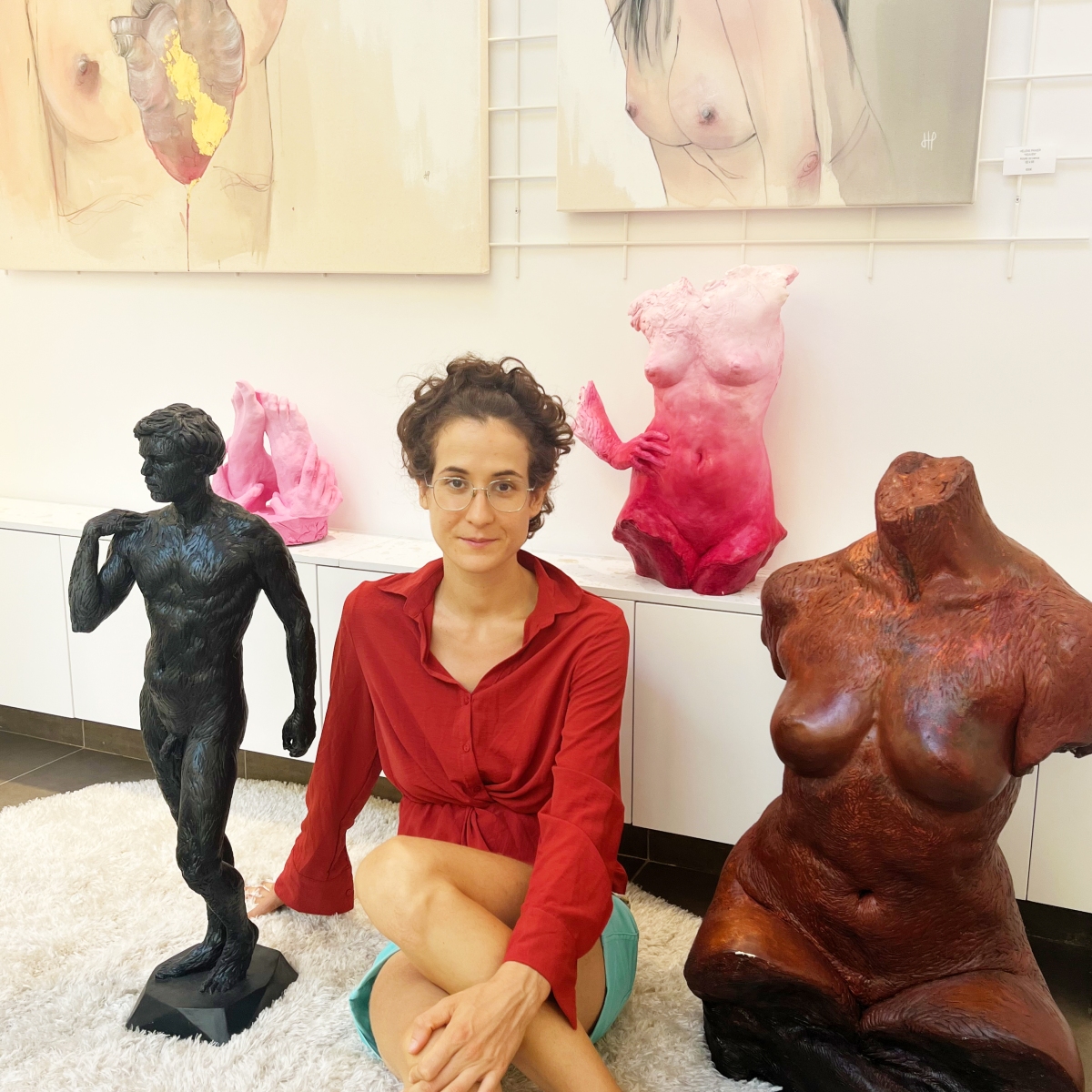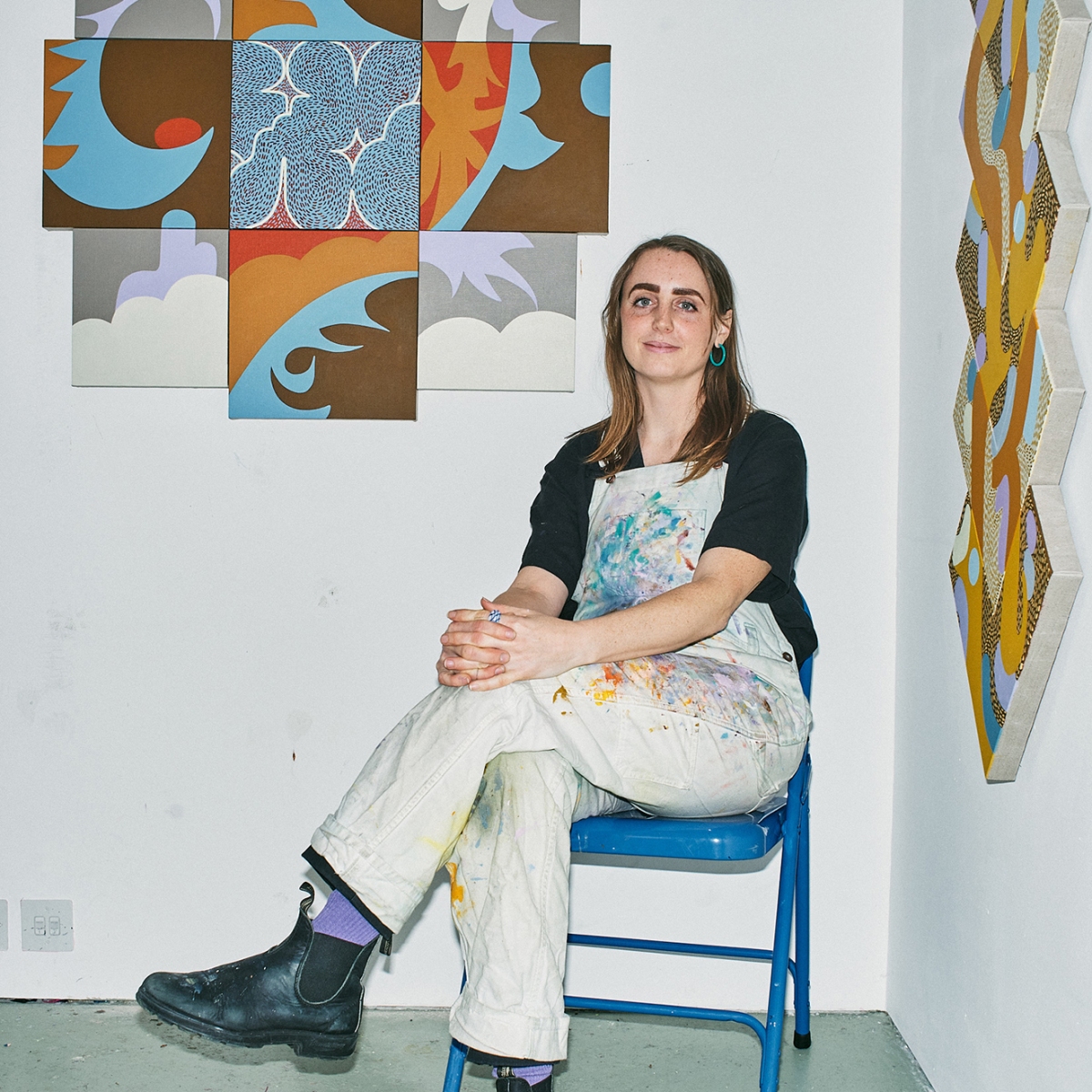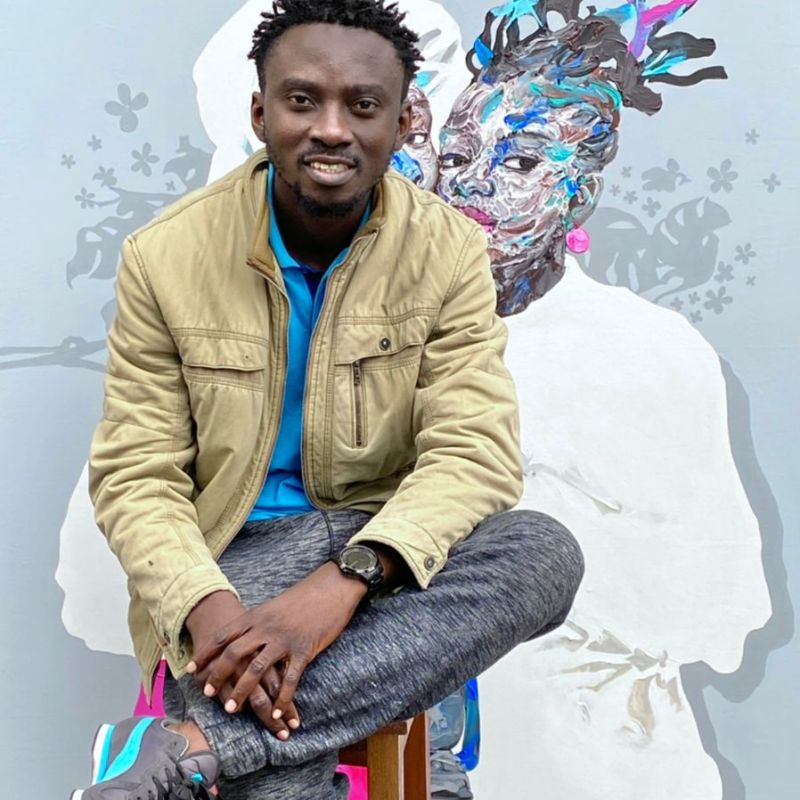By Nina Seidel
Photo credit profile picture: Forest McMullin
***
Influenced by ecological systems, emotional landscapes, and man-made environmental catastrophes, New York City based artist Kate Rusek creates highly tactile, organically shaped sculptures that interrogate the binary between the living and manufactured worlds.
Besides her work as a visual artist, the sculptor and textile artist is a designer and builder of costumes, puppets, and props within the broader television and film industry, a job that has not only helped expand her artistic perspective but has turned Rusek into a Daytime Emmy winner in 2020.
In our interview with Kate, we spoke with the artist about her passion for the sciences & human empathy, feeling comfortable with being a multifaceted creative, and her latest project, Imagined Fungal Emergence, currently on view at Socrates Sculpture Park in New York City.
Enjoy!

***
Hi Kate, thanks for taking your time to answer my questions. To start with, let’s go back in time. Do you remember your first steps in visual art? Was that in childhood?
Thank you so much for inviting me to chat. I was a very fortunate child, and my parents did their best to expose me to a lot of creative spaces from a young age. They took us to see theater and enrolled me in music lessons. There was a lot of discipline and rigor, (practice practice practice, right?) in those early years and it wasn’t until maybe my teens, when I found the quiet whispers of my own voice, and a shift towards visual art. My attraction to jewelry, beading, and ornamentation was encouraged from a young age and trips to craft stores became ritual, materiality was everything. I was given access to a sewing machine and my creative world grew exponentially. Finding some agency to adorn my body and find originality in the way I presented in the world was liberating. Sweet tender memories of voraciously scouring Style.com during fashion weeks in my high school library.

Porcelain, glaze, 6 x 5 x 5 inches (edition of 4)

Porcelain, glaze, 11 x 7 x 7 inches
From there, how did your interest in art evolve and was there a moment in your life when you knew that you’d like to pursue art professionally?
Once I could name it, my need and desire to create required a few outlets. I attended university with the idea that I would be a neuroscientist, a neurosurgeon, even, if I had what it took. I have always been fascinated with human empathy. Our abilities to cognitively create mental frameworks that shape us into who we are in the world is fascinating. I loved my biology and oceanography course at the foundational level but did not find the creativity I craved in that space. My desire to examine and digest the world was too sensual, too tactile, to be satisfied in a lab at that time. I quickly changed majors, a seemingly drastic change, to pursue sculpture and costume design, yet it didn’t feel drastic to me. My curiosity for the world and my creative self are inseparable. I have never lost my passion for the sciences, it fuels my need to connect with our planet and each other. The outlets within the Fine and Performing Arts felt like a better lens for my interests. It was in these spaces that I got a glimpse into building a creative life, both personally and professionally.
My curiosity for the world and my creative self are inseparable. I have never lost my passion for the sciences, it fuels my need to connect with our planet and each other.

Porcelain, the vestige of nylon fiber and paper, glaze, underglaze, 15 x 12 x 12 inches
You hold a MA in Design for Sustainability and your work is very much influenced by the environment and ecological systems. Have you always been interested in these topics and how did they find their way into your practice as a visual artist?
I am a biophille and my sensitivities to small system-based connections present all around us came into focus acutely when I moved to New York City. I am fascinated by the intricacies of the living world but Sustainability is about far more than some romantic notion of pristine ecosystems. Romance, some sense of devotion feels important but layers and layers, more are necessary for system’s understanding. Moving to a dense urban area, mostly traversed on foot, quickly illuminated a need to shift my mental framework towards an unwavering desire for gentleness, equity, and listening to this place and its inhabitants, particularly those beyond the human realm, whose voices are quiet and not our own.
There is a rich and complex history between people, land, animals, plants, and ecological forces in this city, that is visceral when considering what this land has seen in a deep time scale. It was here that I began making assemblages from reclaimed materials. The care it requires to steward materials from their use into a regenerative material for any type of art making requires committing to a slow pace and tuning into details, much like in a healthy ecosystem. I took a short sabbatical from New York to study Sustainable Design and deepen my understanding of the highly connective tissue it takes to create tangible and intangible things that are aligned with human and planetary dignity. This research continues and fully underpins my approach to, and production within, my practice.

Paper porcelain, underglaze, the vestige of two wool cones, 9 x 8 x 8 inches
Now, please tell me more about your work and what you’re currently working on.
I am currently mid-series in a few bodies of work. I have been working with reclaimed mini blinds for almost a decade, dissecting their cultural associations while disassembling them to create sculpture and installation. This body is about an act of transformation and reassessing culturally assigned values of waste.
We humans created this notion of excess, trash, ‘the garbage’. It’s a notion of our imagination. Our planet knows what to do with out of balance systems.
We do not, or at least the solutions we’ve developed lack vitality, lack potential and are dead ends, cradle to grave if you will. Theses sculptures allow me to regenerate as if these materials are a nutrient; something valuable to be kept in circulation, even in transformation. Creating an object to stand in for a sense of optimism is a powerful thing as it can steward our thinking into new places. I am also deep in the making of assemblages made from all manner of material discards; textiles, metals, plastics. These pervasive materials, liter our planet, particularly on the microscale and have no effective wastestream to be re-cycled into something new and valuable. In devoting the labor and time to these works, I hope to produce objects and experiences with these objects that delight and posit a regenerative future.
As if that weren’t enough, I am also nurturing a deep and somewhat recent love affair with porcelain. I have been working in earnest with the medium for a little over a year after dabbling with clay over the years. I am bringing my knowledge and fascination with process and my desire to expand my language of form into these clay spaces. The abstract and organic adjacent surfaces that have emerged are echoes of my work with reclaimed materials and a fascination with repetitive detail inspired by micro-organic marine and terrestrial architectures. I have so many ideas in this space that I am having trouble keeping up. Good problems.

Aluminum blind slats, aluminum rivets 21 x 21 x 12 inches
I personally love your sculptures, all about it. The colors, the organic forms, and the repetition of small elements which form a bigger whole. There seems to go so much detail into each of the pieces and they all appear to be absolutely unique. Would you mind speaking about your process of creating the pieces, from an idea to a finished piece?
Thank you for these very kind words. My process always starts with a material fascination. My everyday spaces, experiences, and imagination are rich with tactile objects that I want to understand more through my work. I start very intuitively, frequently just noticing a characteristic of an object that is intriguing and investigating what it can do. Is it squishy, transparent, how does it move, what does it want to be, outside of what it once was? There is a very satisfying amount of experimentation and play in this phase and it often ends by finding a path that peaks my interest and trusting those steps. From there I might do some loose planning; how much of the material do I have? What is its most intriguing surface? Then, decide what I want to highlight. Meaning takes shape and flowers during all of this iteration. My garment building background sometimes pushes me to make small samples that might loosely be called a ‘swatch’, just to test an idea. My process is not one that allows for model making or terribly informative sketching, so I have to rely on my experience and expertise in building all manner of things out of all manner of material throughout my career. Once I really dive into building, I get to enjoy that time of creation. I am often surprised by the final forms and that sense of unknowing keeps my practice energetic. Titles might come from a book I’m reading or some research I am pursuing that speaks to the form, materials, conceptual consideration, or process.
Much more lately, I am really leaning into the emotional and somatic experience of both making the work and experiencing it once it is finished. It is a constant conversation between myself and the object.
Do you like Suboart Magazine? Subscribe to our email list to receive monthly news on opportunities, interviews & features.
Discover more emerging artists
Read interviews with artists from all around the globe
Let’s be friends on Instagram



